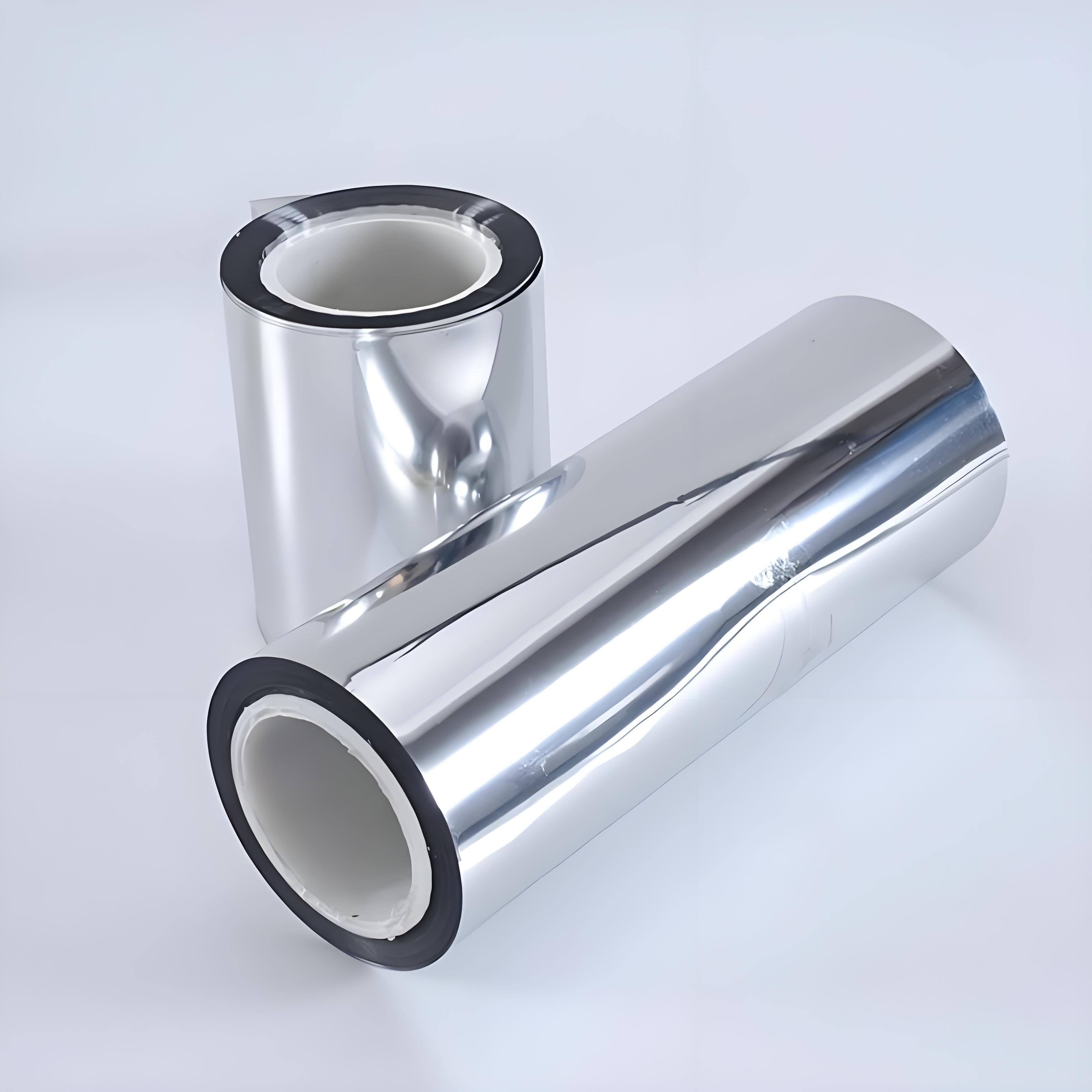Blockbuster! Stellantis may "replace" BYD lithium iron phosphate batteries
Feb 15,2025

In order to lower the price to below 20,000 euros, Stellantis plans to launch a pared-down version of the Citroen e-C3 with a range of 200 kilometers. French media reported that the version of the model is expected to use BYD's battery cell, battery pack capacity of 30 to 35 KWH, WLTP range of about 200 to 250 kilometers.
The report pointed out that BYD is self-produced cells, and has a highly integrated supply chain (including its own lithium ore) and scale production advantages, which can further compress costs and achieve economies of scale far beyond Stellantis' current LFP battery suppliers.
Stellantis' CMP Smart Car platform, which has previously launched affordable small electric vehicles such as the Citroen e-C3 and Fiat Grande Panda, uses Honeycomb Energy's LFP battery, which has a battery pack capacity of 44 KWH anda WLTP range of about 320 km.
There was no immediate comment from the parties involved.
"In low-end or economy cars, lithium iron phosphate batteries will not be phased out in the next 15 or even 20 years." Lian Yubo, executive vice president and chief scientist of BYD Group, said at an industry conference in September last year that due to multiple factors such as economy, safety and material controllability, lithium iron phosphate batteries will still be the mainstream choice in the power market in the next 15 to 20 years.
China Automotive power Battery Industry Innovation Alliance data show that in 2024, China's power battery installed capacity 548.4GWh, an increase of 41.5%. Among them, the cumulative load of ternary batteries is 139.0GWh, accounting for 25.3% of the total load, an increase of 10.2%. The loading capacity of lithium iron phosphate battery was 409.0GWh, accounting for 74.6% of the total loading capacity, an increase of 56.7%.
It is not difficult to see that lithium iron phosphate batteries still occupy a dominant position in China, not only the year-on-year growth rate is a big part of the ternary battery, but also the proportion of ternary batteries is expected to enter the "28 era".

As for the overseas market, lithium iron phosphate batteries are also gradually emerging, including Stellantis, GM, Hyundai, Volkswagen, Renault Group and many other car companies have indicated that they will introduce LFP batteries. In particular, Groupe Renault placed a purchase order for 39GWh of LFP batteries in July last year.
Changes in downstream strategies have also made overseas power battery companies turn to lithium iron phosphate batteries. For example, LG New Energy has signed a supply agreement for lithium iron phosphate cathode materials with a number of positive electrode material companies in China, and said that it will improve the market competitiveness of its lithium iron phosphate and lithium iron manganese phosphate batteries; Samsung SDI launches LFP battery products optimized for electric commercial vehicles at the industry show in 2024; SK On has completed the research and development of LFP batteries and plans to start production in 2026.
Overall, lithium iron phosphate battery is still the trend of The Times, in the economy, safety and other multiple factors with the blessing of the future "power + energy storage" dual wheels will also drive the market development. Among them, Chinese battery companies with rich technical experience, strong supply chain mobilization capabilities and cost control capabilities will continue to be the main force of the global lithium iron phosphate battery supply.
Related News









